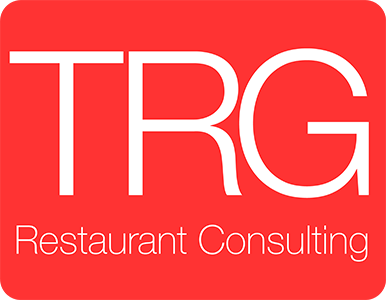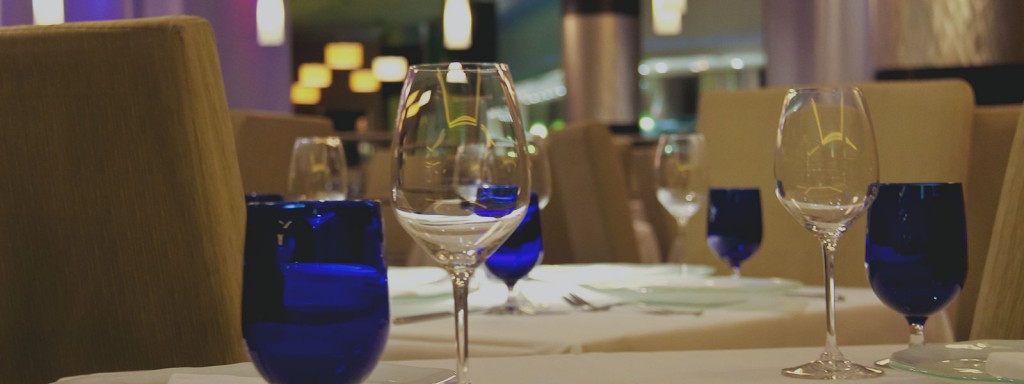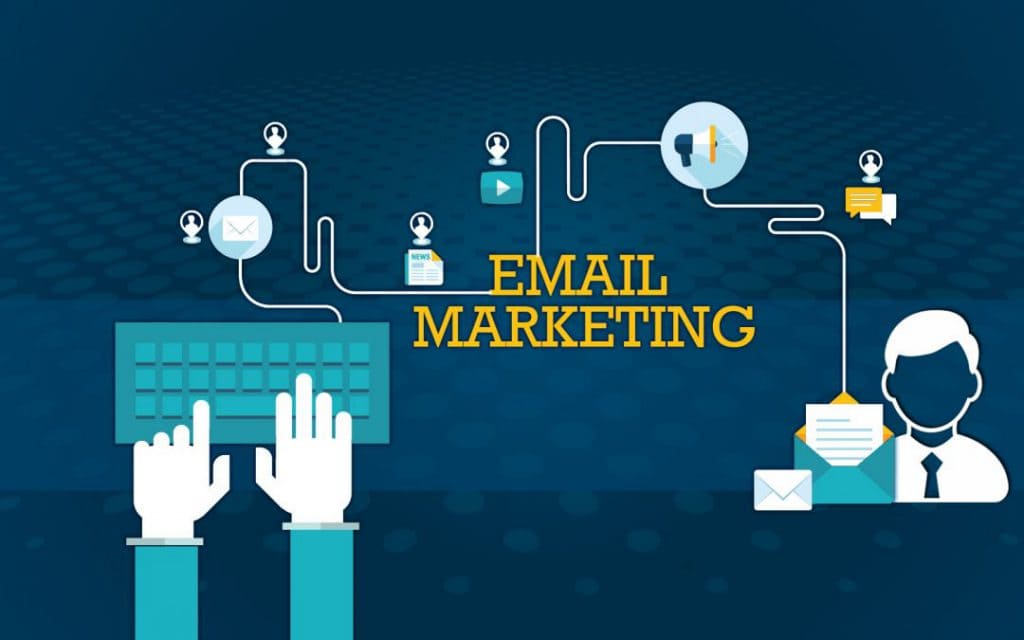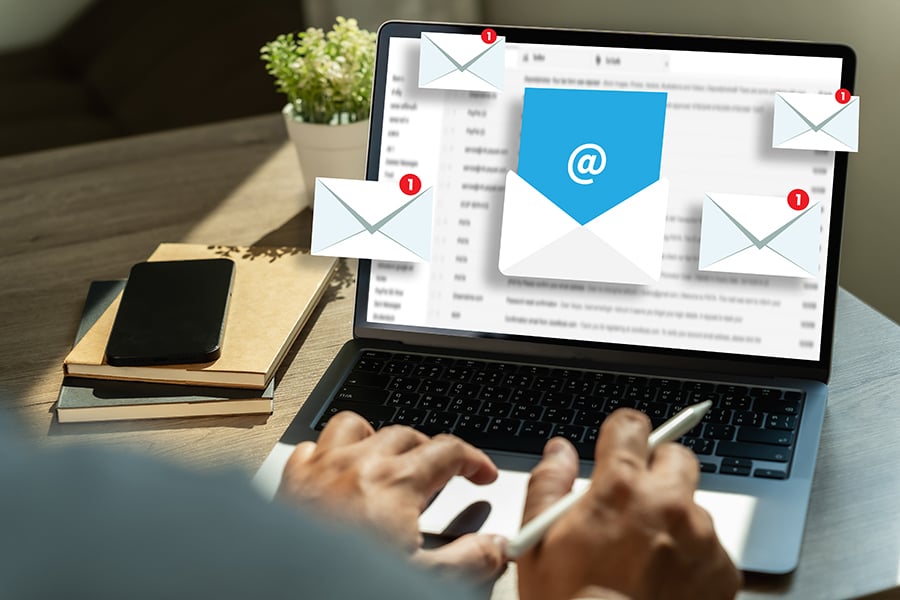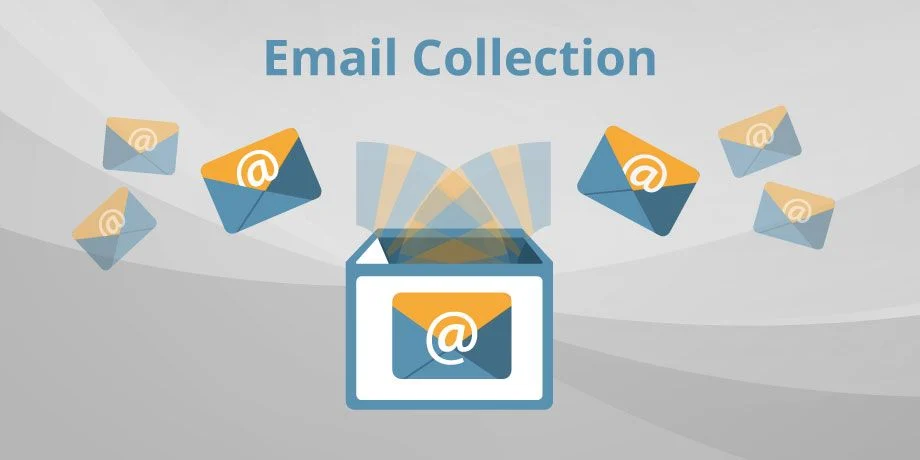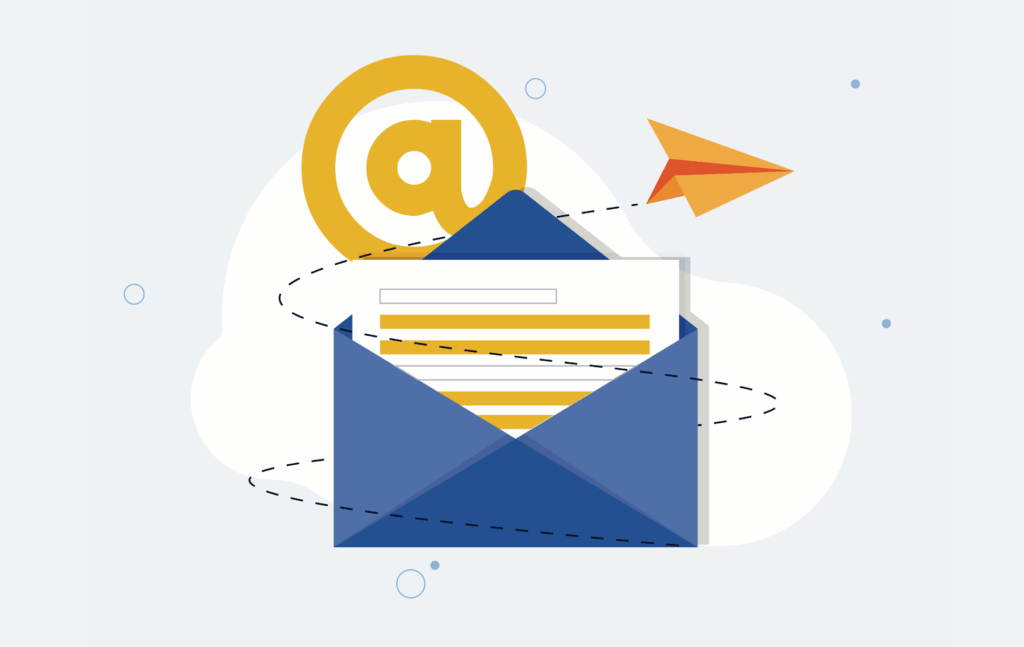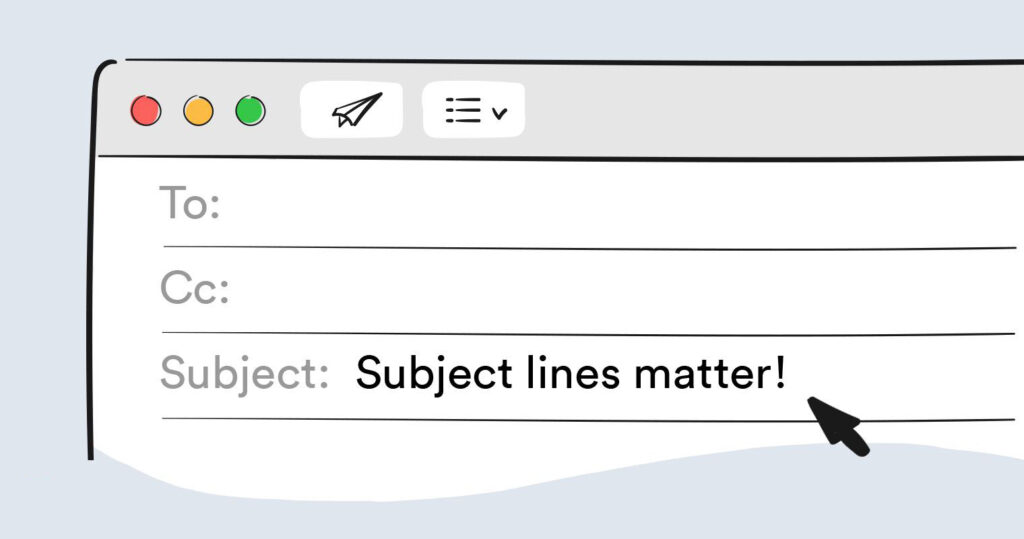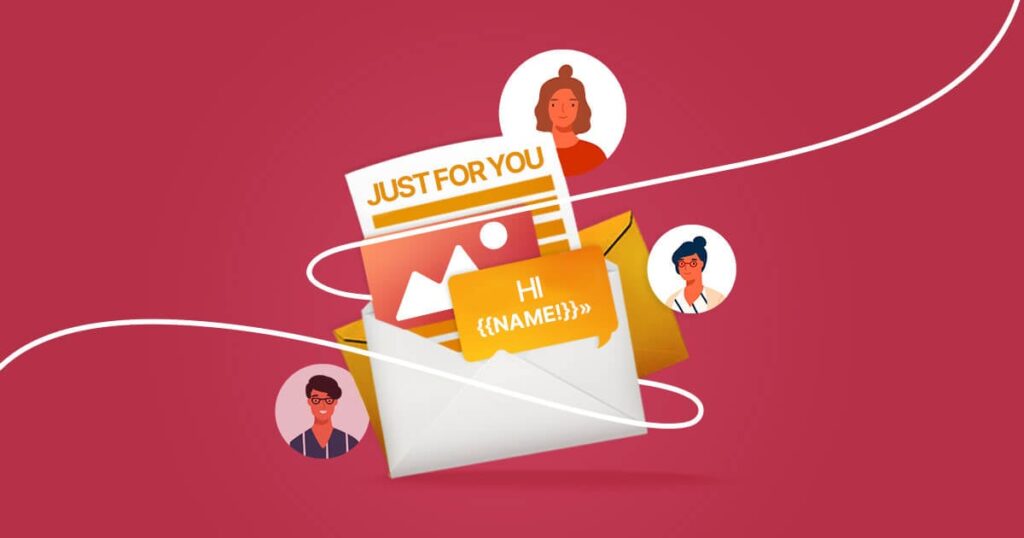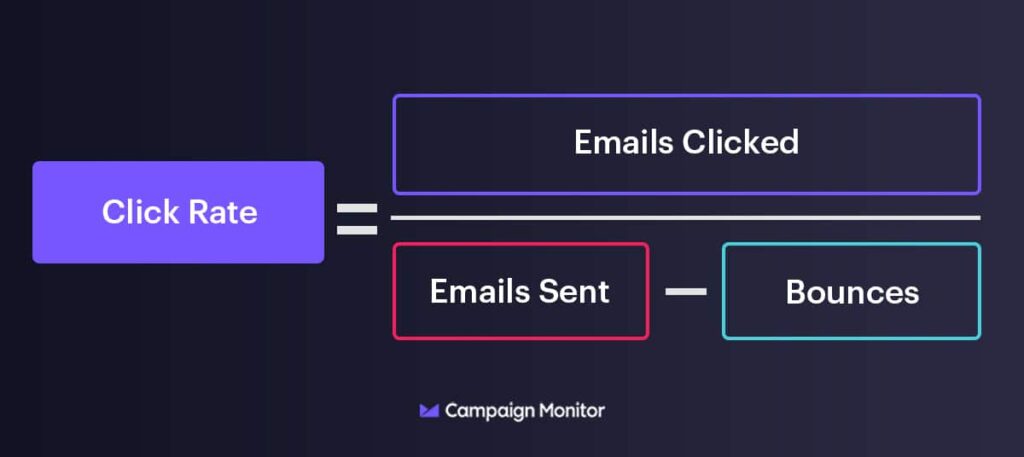Restaurant email marketing is your secret ingredient to standing out, creating memorable dining experiences, and significantly boosting revenue by nurturing strong customer relationships.
What Is Restaurant Email Marketing
Simple Definition of Restaurant Email Marketing
Restaurant email marketing involves sending targeted, personalized emails directly to your customers. These emails include promotions, menu updates, special events, feedback requests, and loyalty program details, serving as a direct communication line to keep your restaurant prominent in customers’ minds.
Why It Helps Small Restaurants
Email marketing is a budget-friendly, highly effective strategy ideal for small restaurants. It fosters personal connections, enhances customer loyalty, encourages repeat visits, collects valuable guest data, and significantly boosts revenue without extensive marketing budgets.
Why Restaurant Email Marketing Works So Well
It Reaches Customers Directly
Emails bypass social media algorithms and land directly in customer inboxes. This ensures your message consistently reaches engaged customers who already love your restaurant, enhancing direct customer communication.
It Costs Less Than Other Ads
Every dollar spent on email marketing typically yields around \$38 in returns. This impressive ROI makes email marketing strategy an excellent choice for restaurants aiming for substantial growth while keeping costs low.
It Builds Customer Loyalty
Regular, personalized email interactions maintain customer engagement. Automated email marketing campaigns remind diners of memorable experiences, converting casual visitors into loyal patrons and building robust customer relationships.
Easy Benefits of Restaurant Email Marketing
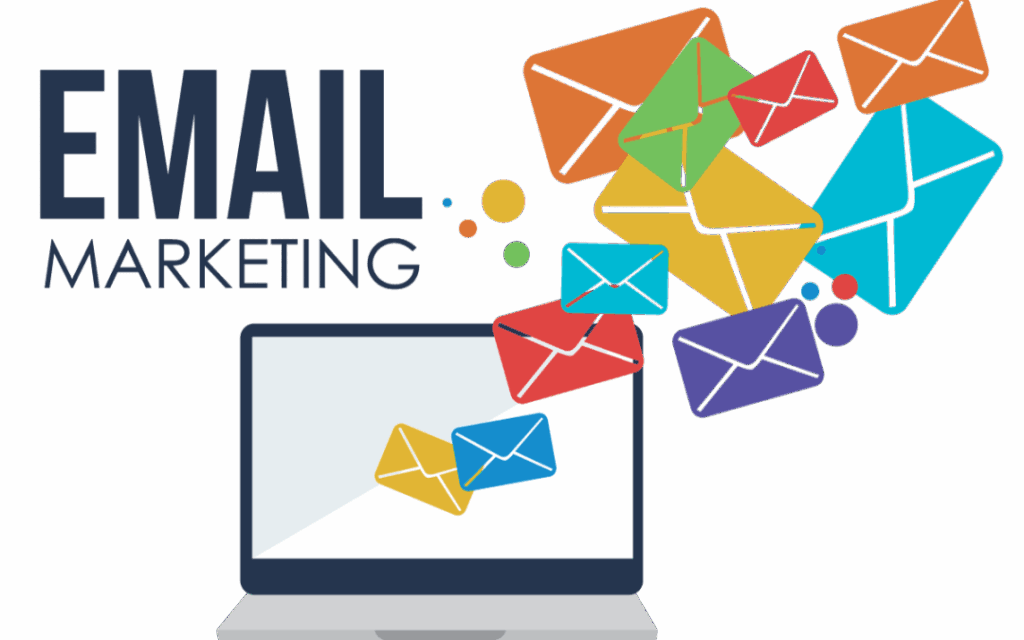
Get More Repeat Customers
Regularly scheduled emails remind customers of past enjoyable experiences. These gentle nudges significantly boost repeat visits, transforming occasional diners into frequent guests.
Promote Special Deals
Emails effectively announce limited-time promotions and discounts. Clear, compelling messaging with strong calls-to-action creates urgency, driving quick responses and increased sales.
Share New Menus or Events
Announce new menu items or special events via visually appealing emails. High-quality food photos and engaging descriptions build excitement, enhancing customer anticipation and boosting attendance.
Boost Online Orders
Emails streamline the online ordering process with direct links and exclusive online promotions. Simplifying the ordering experience increases customer satisfaction, driving frequent and larger orders.
Collecting Emails from Your Customers
Ask Customers When They Dine In
Train staff to politely request emails during customer visits. Provide easy sign-up methods like digital tablets or paper forms at tables, clearly communicating benefits such as special offers and exclusive updates.
Add a Sign-Up Form to Your Website
Feature an easily accessible email sign-up form prominently on your website. Include incentives like discounts or free items to motivate customers to subscribe.
Offer Discounts for Email Sign-Up
Instantly reward subscribers with exclusive discounts or promotional offers. Advertise these sign-up incentives visibly in your restaurant, receipts, and digital platforms, significantly accelerating email list building.
Types of Restaurant Emails You Can Send
Weekly or Monthly Newsletters
Regular newsletters share updates, stories, behind-the-scenes content, and staff spotlights. Maintaining a consistent newsletter cadence keeps customers engaged and informed about restaurant activities.
Promotions and Discount Offers
Clearly communicate enticing promotions, discounts, and subscriber-only offers. Include deadlines to prompt swift customer responses and increased visits.
Holiday or Seasonal Menu Alerts
Inform customers of holiday-themed or seasonal menus with attractive visuals and engaging descriptions. Creating excitement around these special occasions significantly boosts reservations and dining frequency.
Loyalty Program Updates
Regularly update customers on loyalty rewards, reinforcing their connection to your restaurant and enhancing customer retention.
Thank-You Notes After Orders
Send personalized thank-you emails after visits or orders. This thoughtful communication fosters positive sentiment, strengthening customer loyalty and encouraging repeat interactions.
Order Confirmation Messages
Confirmation emails reassure customers post-order by providing details such as expected delivery times and contact information, improving customer experience and satisfaction.
Emails to Bring Customers Back
Re-engagement emails target customers who have not visited recently, offering tailored deals and updates. These targeted email campaigns effectively renew customer interest and drive renewed visits.
Best Times and Frequency to Send Emails
When Are People Most Likely to Open Emails
Optimal email send times typically include Tuesdays and Thursdays between 10 a.m. and 2 p.m. Regularly track your email performance metrics, like open rates and click-through rates, to identify peak engagement periods for your audience.
How Often Should You Send Messages
Send regular emails without overwhelming subscribers. A bi-weekly or monthly schedule supplemented by timely promotional emails achieves an effective balance, maintaining consistent engagement.
How to Make Better Emails
Write Strong Subject Lines
Craft compelling, personalized subject lines using subject line optimization techniques, enhancing open rates. Consider A/B subject line testing to identify the most effective messaging strategies.
Keep the Message Short and Clear
Maintain concise, clear email content. Highlight core messages prominently, using simple language and structured formatting to ensure clarity and readability.
Use High-Quality Pictures
Incorporate visually appealing, high-quality images of your dishes and restaurant environment. Attractive visuals significantly increase engagement and encourage customer action.
Add a Call to Action
Clearly define your desired customer actions—making reservations, ordering online, or visiting your website—through direct, persuasive calls to action.
Segmenting and Personalizing Emails
Group People by What They Like
Segment customers based on dining preferences, habits, or past behavior. Using segmentation and personalization ensures emails feel highly relevant, increasing engagement and satisfaction.
Send Different Deals to Different Groups
Customize promotional offers based on segmented customer preferences. Targeted email campaigns significantly increase relevance and improve overall response rates.
Use Their Names in Emails
Include customer names in email communications, adding a personal touch. Personalized messages greatly enhance engagement and foster positive customer relations.
Track Your Results and Improve
Check Open and Click Rates
Regularly monitor open rate benchmarks and click-through rates. Built-in analytics allow precise performance tracking, enabling you to adjust campaigns for better results.
Test Subject Lines and Content
Continuously perform A/B testing on subject lines and email content to determine optimal messaging strategies, ensuring steady improvement.
Change What Doesn’t Work
Actively adjust email strategies based on performance tracking. Continuous refinement ensures sustained effectiveness and growth.
Real Examples of Restaurant Email Marketing

Welcome Emails That Make a Good First Impression
Warm welcome emails offer immediate value, setting a positive tone and encouraging first-time visits with special offers.
Discount Offers That Bring in Orders
Exclusive, clearly presented discounts drive immediate customer action, significantly boosting short-term sales.
Events and Seasonal Menus That Excite
Dynamic announcements of events or seasonal specials build anticipation, driving increased visits and reservations.
Emails That Say Thank You
Gratitude-driven emails strengthen customer loyalty, enhancing ongoing relationships and encouraging repeat visits.
